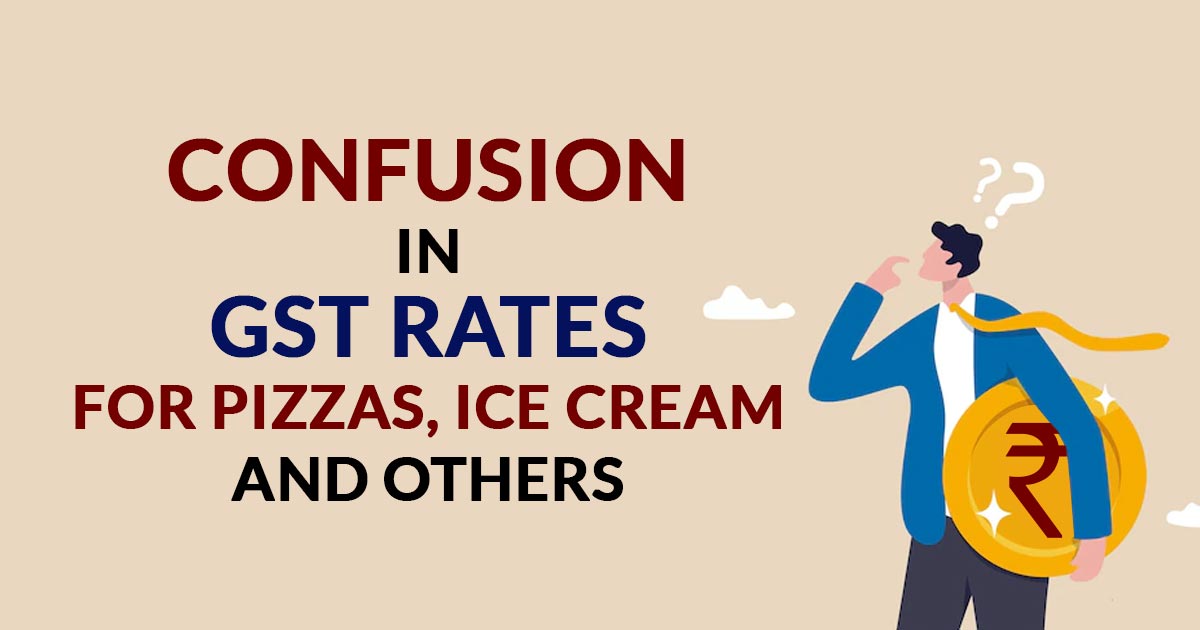
If you think GST is simple, you probably haven’t heard about the new tax rates on pizza in India. It’s anything but simple.
To start with, the government is now planning to tax pizzas at three different rates. According to a recent ruling by the Haryana authority for advance rulings, pizza topping is not pizza and will therefore attract a different tax rate from what a ready to eat pizza attracts.
According to it, a ready-to-eat pizza purchased from a restaurant attracts 5% GST. However, a pizza ordered for home delivery will attract 18% GST. There’s more. If you buy a pizza base separately, you’ll have to pay 12% GST. The same ruling says that pizza toppings are not actual pizza and will therefore be taxed at 18%.
The biggest confusion is the different rulings given by the various authorities (AAR) of different states, according to which the same product or its parts attract different tax rates under certain conditions. There are simply too many AARs, each with its own meaning and definition of GST.
The problem is for restaurants that have no idea how to figure things out. While they have to pay an 18% tax for the topping and 12% for the pizza base, they can only collect a 5% GST on the final pizza.
Pizza isn’t the only one. There are many more. Ice cream, for instance, attracts different taxes based on where it is being sold. According to an October 2021 ruling, ice cream purchased from a parlour would be taxed differently from an ice cream purchase in a restaurant.
The ruling said that ice cream sold by restaurants must be treated as a service while ice cream sold by parlour would be regarded as a product and will be taxed accordingly. However, according to some other AARs, ice cream sold by parlours should also come under restaurant services and would therefore be taxed accordingly.
Lassi and milk are other examples. Whereas there is no tax on unflavoured lassi and milk, flavoured milk would be taxed at 12%. Similar confusion in tax liabilities has been noted in the cases of samosas, cookies, chocolate wafers, and many other food items.
On top of everything, AARs of different states continue to deliver contradictory orders when it comes to GST rates on certain eatables.